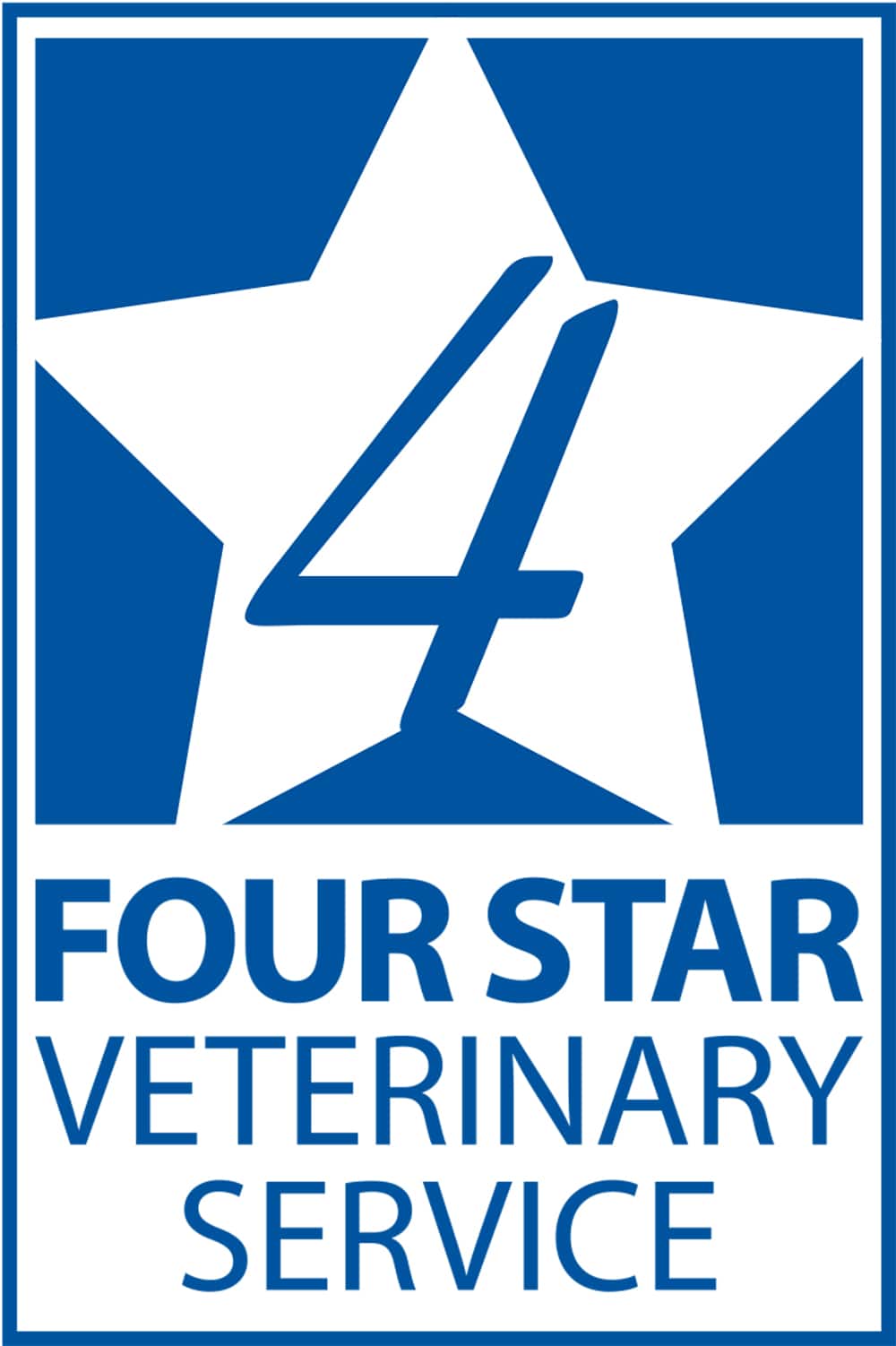
Pregnancy testing cows in a beef herd can help producers make better management decisions to improve their bottom line. But the tests must be conducted early in pregnancy when the accuracy is high, reported Brittney Scales, DVM, Four Star Veterinary Service.
“Reproductive efficiency in the cow herd is extremely important,” Scales said. “Pregnancy testing is a good method to monitor the herd and help make management decisions such as when and who to cull.”
Scales offered several steps producers can take to plan ahead for this coming year’s pregnancy testing and use the results to improve reproductive efficiency of their herds.
Well-defined breeding season
Scales recommends a well-defined breeding season to ensure accurate pregnancy testing. A breeding season is defined as the time from the day the bull goes in with the females to the day the bull is pulled out. If bulls run continuously with cows and aren’t pulled until pregnancy testing, some late-bred cows will appear open and may be culled unnecessarily.
The breeding season should fall within a 45- to 60-day window, according to Scales. Heifers are very healthy and should need only two estrous cycles to get bred, while cows will need more time. The estrous cycle is approximately 21 days long; therefore, a 45-day breeding season gives females two chances to get bred.
“Our goal is to have 80% to 85% of heifers bred within a 45-day breeding season and 90% to 95% of cows bred within 60 days running with a bull,” she explained.
Pregnancy testing time, options
Pregnancy testing can be conducted as early as 30 to 45 days after the last day the bull comes out, according to Scales.
Options for pregnancy testing are ultrasound, rectal palpation and blood tests. Trained individuals and veterinarians can conduct these tests.
“Typically, ultrasound diagnosis can be used within 30 days post-breeding,” she explained. “You can catch a pregnancy a little earlier with ultrasound around 30 days, whereas rectal palpation can determine a pregnancy closer to 45 days, depending on the expertise of the pregnancy tester.”
Blood tests are another option but come with some complications. If a cow or heifer aborted right before the blood draw, the tests would produce a false positive, Sales said.
Fetal viability, sexing
An advantage to ultrasound is the ability to determine fetal viability. This is not possible with a blood test.
“In ultrasound we will see the heart beating and can give a more defined fetal age based on size of the fetus,” she said. “If you want to know where she’s at in gestation, the earlier the pregnancy check — 30 to 45 days up to 100 days — the better. After that, the calf starts to drop below the pelvis, and the accuracy of gestational age declines.”
Fetal sexing is an advantage of ultrasound. At around 60 to 65 days of gestation, ultrasound can determine if the cow is carrying a bull or heifer calf.
Check for other issues
The use of rectal palpation and ultrasound will also identify if a cow or heifer has cystic ovaries or uterine infections. “Both negatively affect her reproductive performance because she won’t get bred,” Scales said.
These pregnancy tests can also differentiate twin calves. “It’s always good for a producer to know if a cow is going to have twins because she’s more likely to have problems calving,” she added.
Manage open cows, heifers
“Now that we have information on which cows are open and which are bred, the producer has some options for managing these open cows and heifers,” Scales said. “Open cows can be weaned early from their calf and sold.
“If we preg-check early, the cull cows can be sold prior to the historic market lows,” she continued. “Most people preg-check herds very late going into fall, so all these open cows hit the market at the same time, lowering market prices.”
Another option is moving open cows into a fall calving group if the herd calves twice a year. Regarding heifers, open animals can be sold immediately or managed and sold as feeders. Another option is to retain them and breed them for a later calving season.
These are some of the financial benefits to knowing early what cows and heifers are open, Scales explained.
“Thinking ahead, a lot of people will be calving in late winter/spring,” she said. “Scheduling an early pregnancy test this coming summer will help your bottom line. And remember to consult with your veterinarian about your individual operation and goals regarding your herd.”
